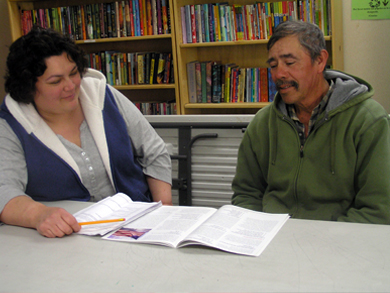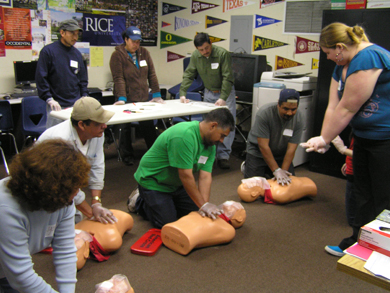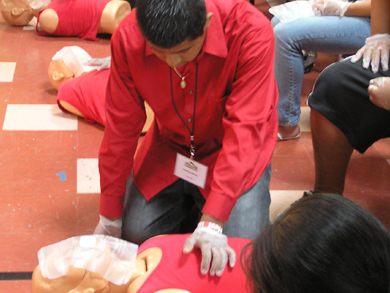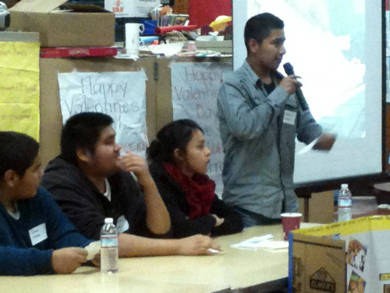Rosario Marin lived and worked in Pescadero for 26 years under a green card. She met her husband and raised two children here. Becoming a U.S. citizen wasn’t an afterthought, but it could have felt that way. Instead, it was momentous.
On December 14, 2011, Marin, 40, stood under a brightly-lit atrium with hundreds of other new U.S. citizens – from countries like Japan and Nicaragua – and pledged her allegiance to the American flag at a swearing-in ceremony with her husband, Enrique, looking on. She wore a specially bought blazer and trousers for the occasion. It was a little overwhelming, and more than a little emotional.
“It’s just the satisfaction of knowing that I am a citizen. I belong here. Also, now I can register to vote,” said Marin, who worked at Pescadero flower nurseries before taking a job as a cook at Duarte’s Tavern.
Marin landed in the U.S. with a green card at 14, thanks to the now-defunct Bracero Program, which enabled her father to gain legal papers as a seasonal farm worker and bring over the rest of his Mexican family.
Marin first sought citizenship in 1997, but gave up when she realized how expensive and onerous the process would be. (It just got more expensive). Then last year she found out that Puente had vastly expanded its immigration and legal services, thanks to a generous $30,000 grant from the Grove Foundation of Los Altos. Puente helped her file her papers for free under a USCIS dispensation for low-income residents, and helped her study for her citizenship test.
Puente has extended immigration services to 36 participants since the program’s inception, including citizenship and visa/green card renewals. Another 16 participants were assigned Individual Tax Identification Numbers (ITINs), an IRS program that allows people without Social Security Numbers to file federal tax returns.
“Often people don’t apply to become citizens because they don’t think they’ll pass the test or they can’t afford the fees,” said Rita Mancera, Program Director for Puente. “It’s important for people to know that we want to help them become citizens. By becoming a citizen, they change the chain of benefits their relatives can have.”
Volunteers are needed to help mentor South Coast residents who are studying for their citizenship. For more information, contact Rita Mancera at rmancera@mypuente.org — or 650.879.1691 ext. 102.







